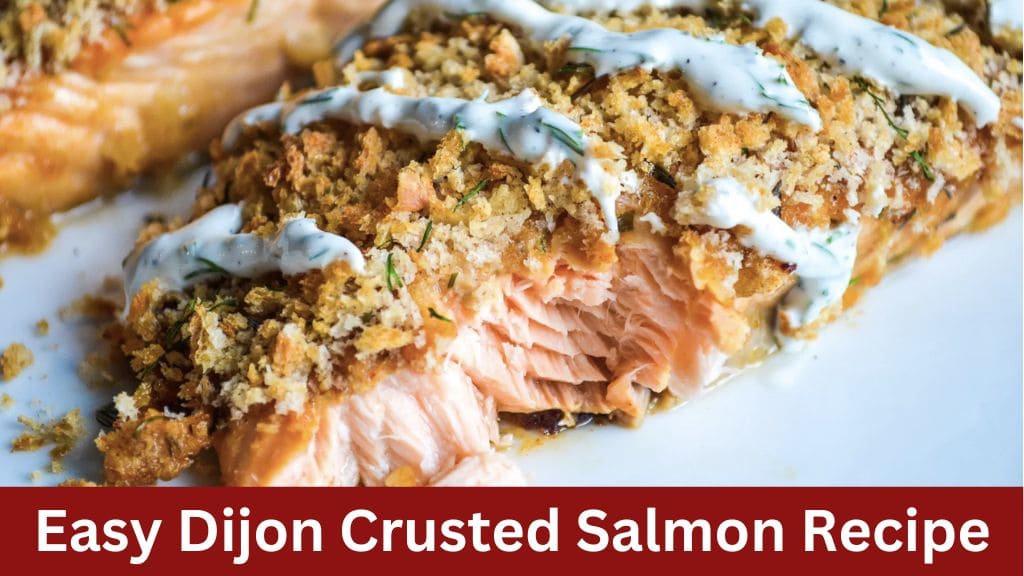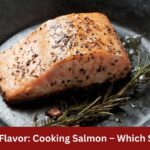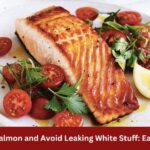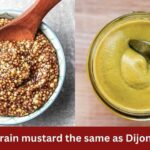Salmon is a beloved fish known for its rich flavor, tender texture, and numerous health benefits. Among the many ways to prepare salmon, one standout method is the Dijon crusted approach. This recipe not only enhances the natural taste of salmon but also adds a delightful, tangy crust that keeps the fish moist and flavorful. In this comprehensive blog post, we’ll dive deep into the Dijon crusted salmon recipe, covering everything from ingredients and preparation steps to serving suggestions and nutritional information.
:max_bytes(150000):strip_icc()/21176-baked-dijon-salmon-DDMFS-4x3-008cff0c384f4282bd21eb439758e26c.jpg)
Dijon crusted salmon is a simple yet sophisticated dish that can be prepared in under 30 minutes. It’s perfect for weeknight dinners or special occasions when you want to impress without spending hours in the kitchen. The Dijon mustard, combined with fresh herbs and a touch of lemon, creates a crust that locks in moisture and enhances the salmon’s natural flavors. Whether you’re a seasoned cook or a beginner, this recipe is straightforward and yields delicious results every time.
Ingredients

To make Dijon crusted salmon, you’ll need the following ingredients:
- Salmon: 1 ½ pounds of wild-caught salmon (King, Sockeye, or Coho recommended)
- Parsley: ¼ cup of fresh parsley, finely chopped
- Dijon Mustard: ¼ cup
- Lemon Juice: 1 tablespoon
- Olive Oil: 1 tablespoon (extra-virgin recommended)
- Garlic: 3 cloves, finely chopped
- Salt: To taste
- Pepper: To taste
These ingredients work together to create a flavorful, moist crust that complements the salmon perfectly.
Choosing the Right Salmon
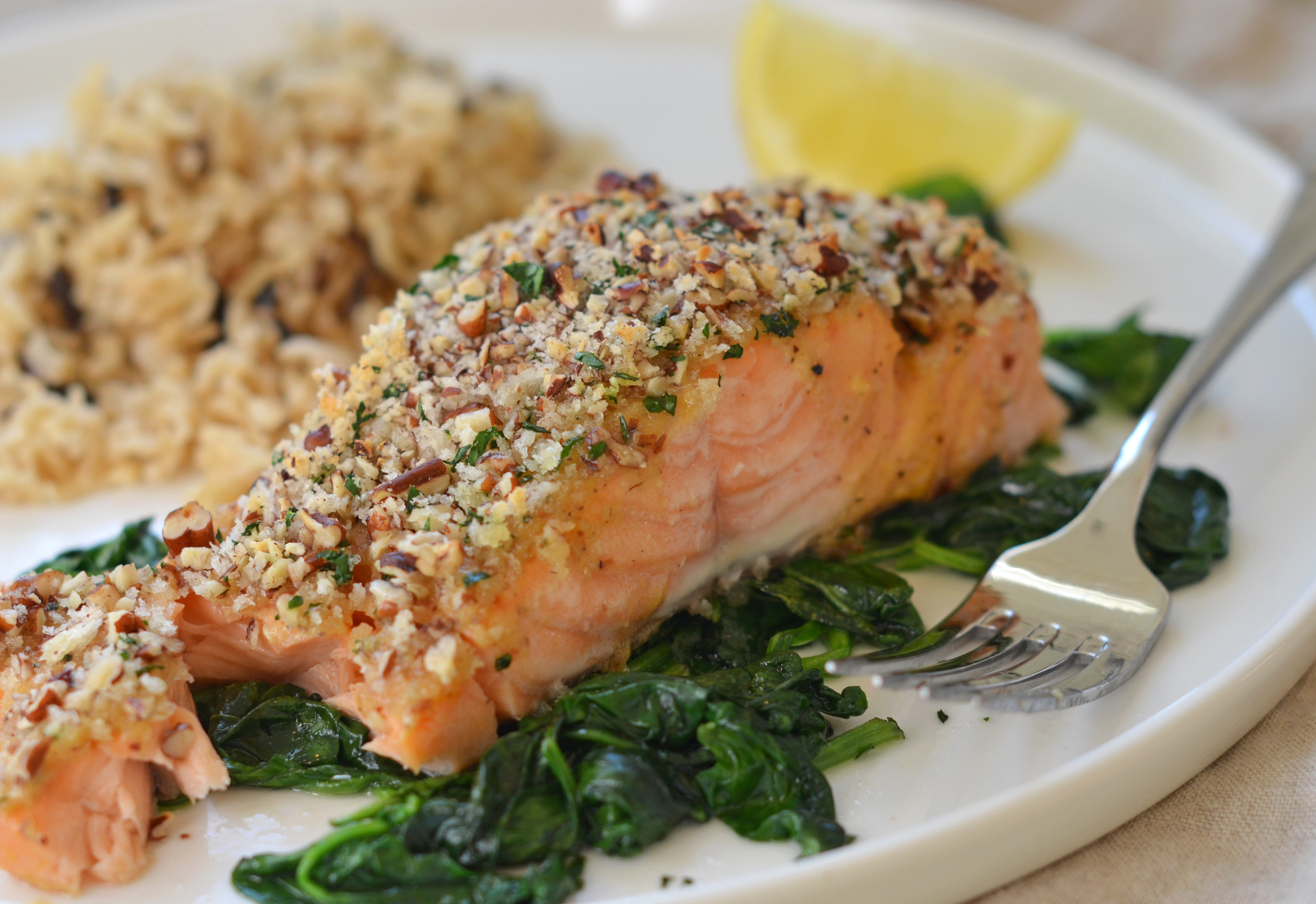
Selecting high-quality salmon is crucial for the best results. Here are some tips on choosing the right salmon for this recipe:
Wild-Caught vs. Farmed Salmon
- Wild-Caught Salmon: Preferred for its superior flavor, texture, and nutritional profile. Varieties include King (Chinook), Sockeye, and Coho.
- Farmed Salmon: Often more affordable but can contain higher levels of pollutants and antibiotics. If you choose farmed salmon, look for sustainably farmed options.
Recommended Varieties
- King Salmon: Rich, buttery flavor and high fat content, making it ideal for baking.
- Sockeye Salmon: Deep red flesh and robust flavor, slightly leaner than King.
- Coho Salmon: Milder flavor, firm texture, and lower fat content compared to King and Sockeye.
Avoiding Atlantic Salmon
Atlantic salmon is typically farmed and may contain higher levels of pollutants and antibiotics. For the best quality and taste, it’s advisable to opt for wild-caught Pacific salmon varieties.
Step-by-Step Preparation

Preparation Time
- Preparation: 10 minutes
- Cooking: 18-20 minutes
- Total: 28-30 minutes
Instructions
- Preheat Your Oven: Set your oven to 375°F (190°C) and line a baking tray with parchment paper.
- Prepare the Dijon Mixture:In a small mixing bowl, combine the finely chopped parsley, Dijon mustard, lemon juice, olive oil, garlic, salt, and pepper. Mix well until all ingredients are thoroughly combined.
- Prepare the Salmon:
- Place the salmon fillet on the prepared baking tray. If you’re using individual fillets, arrange them evenly on the tray.
- Generously slather the Dijon mixture over the top of the salmon, ensuring it’s well coated.
- Bake the Salmon:
- Place the salmon in the preheated oven and bake for 18-20 minutes, depending on the thickness of the fillet. The salmon should be opaque and flaky but still moist.
- To ensure the salmon stays moist, avoid overcooking. It’s better to slightly undercook it, as the residual heat will continue to cook the fish after it’s removed from the oven.
- Serve:
- Remove the salmon from the oven and let it rest for a few minutes before slicing it into individual portions.
- Serve immediately with your choice of sides.
Tips for Perfect Dijon Crusted Salmon
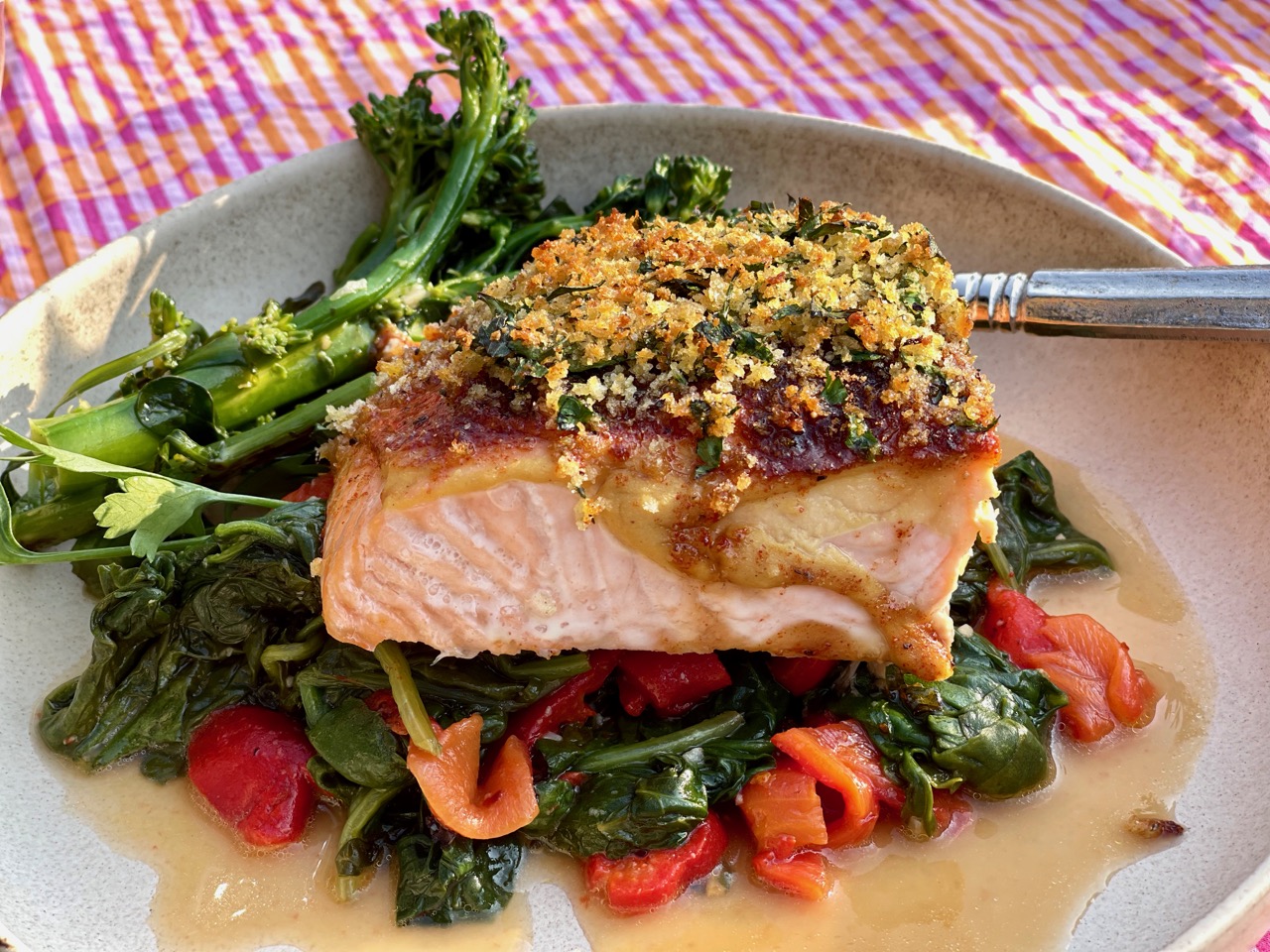
Use Fresh, High-Quality Ingredients
Fresh Salmon
- Wild-Caught Salmon: Opt for wild-caught salmon like King, Sockeye, or Coho. These varieties have superior flavor and texture compared to farmed salmon. Avoid Atlantic salmon due to its typically lower quality and potential for higher pollutant content.
- Freshness Check: Ensure your salmon is fresh by checking for bright, firm flesh and a mild, ocean-like smell. Fresh salmon should not have an overly fishy odor.
Fresh Herbs and Garlic
- Parsley: Fresh parsley adds a vibrant, herby flavor that dried parsley cannot match. Always use fresh herbs when possible.
- Garlic: Fresh garlic cloves, when finely chopped, provide a pungent, aromatic depth to the Dijon mixture.
Proper Mustard Selection
- Flavor Profile: Dijon mustard has a distinct, tangy flavor that is both sharp and slightly spicy. This complexity complements the rich taste of salmon.
- Avoid Substitutes: Yellow mustard lacks the depth of flavor needed for this recipe. Stick with Dijon for the best results.
Perfecting the Dijon Mixture
Balancing Ingredients
- Ratio: Maintain the balance of Dijon mustard, lemon juice, parsley, and garlic to create a harmonious flavor profile. Too much mustard can overpower, while too little can make the crust bland.
- Consistency: The mixture should be thick enough to adhere well to the salmon but smooth enough to spread easily. Adjust the amount of oil if necessary to achieve the right consistency.
Preparation and Application
- Pat Dry: Before applying the Dijon mixture, pat the salmon fillet dry with paper towels. Removing excess moisture helps the mixture adhere better and ensures a nice crust.
- Even Coating: Apply the Dijon mixture evenly over the entire surface of the salmon. Use a spoon or spatula to spread it, ensuring every part is covered for uniform flavor and moisture retention.
Baking Tips
Oven Temperature and Time
- Temperature: Bake at 375°F (190°C). This moderate temperature allows the salmon to cook through evenly without drying out.
- Cooking Time: Bake for 18-20 minutes, depending on the thickness of the fillet. A general rule is to bake for about 10 minutes per inch of thickness.
Avoid Overcooking
- Check for Doneness: Salmon is done when it flakes easily with a fork and is opaque in the center. The internal temperature should reach 145°F (63°C). Check for doneness a few minutes before the end of the recommended cooking time to avoid overcooking.
- Resting Time: Let the salmon rest for a few minutes after removing it from the oven. This allows the juices to redistribute, keeping the salmon moist.
Moisture Retention Techniques
- Dijon Mixture: The Dijon mixture acts as a natural barrier, trapping moisture within the salmon. There’s no need to cover the salmon with foil or parchment paper.
- Undercooking Slightly: Slightly undercook the salmon as it will continue to cook from residual heat once out of the oven. This ensures the salmon stays moist.
Flavor Enhancements
Additional Herbs and Spices
- Herb Variations: Experiment with other fresh herbs like dill, basil, or tarragon for different flavor profiles.
- Spices: Add a pinch of cayenne pepper or smoked paprika to the Dijon mixture for an extra kick.
Lemon Zest
Zest Addition: Adding lemon zest to the Dijon mixture can enhance the lemony tang and add a fresh, citrusy note to the dish.
Serving Suggestions
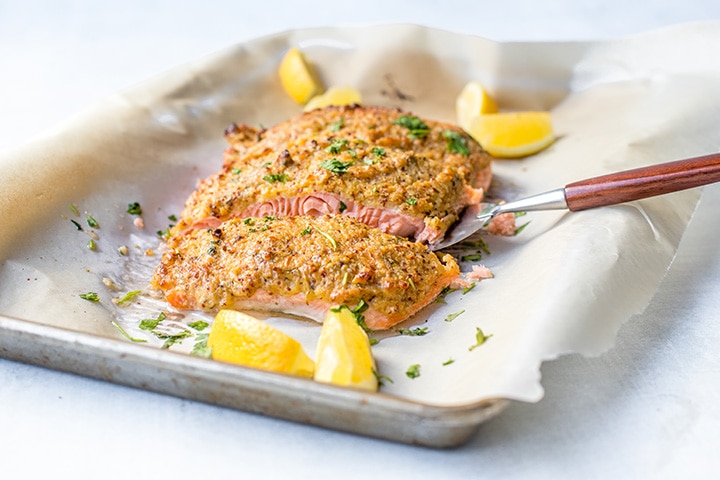
Dijon crusted salmon is versatile and pairs well with a variety of sides. Here are some ideas to complement your dish:
Vegetable Pairings
- Garlic Sautéed Spinach: Quickly sauté spinach with garlic and olive oil for a simple, healthy side.
- Garlic Ginger Bok Choy: Stir-fry bok choy with garlic and ginger for an Asian-inspired side.
- Sautéed Cabbage: Lightly sauté cabbage with a bit of garlic and olive oil for a crunchy, flavorful addition.
- Roasted Vegetables: Roast sweet potatoes, broccoli, or Brussels sprouts for a hearty and nutritious accompaniment.
Salad Ideas
- Leafy Green Salad: Combine mixed greens with cucumber, red onion, tomatoes, and a lemon vinaigrette.
- Kale and Quinoa Salad: Toss kale and quinoa with roasted veggies and a tangy dressing.
- Spinach and Strawberry Salad: Mix fresh spinach with sliced strawberries, almonds, and a balsamic vinaigrette.
Grain Bowls
- Quinoa Bowl: Start with a base of quinoa, add roasted vegetables, and top with a piece of Dijon crusted salmon.
- Rice Bowl: Use brown or wild rice as the base, then layer on sautéed veggies and salmon.
- Farro Bowl: Farro’s nutty flavor pairs well with the tangy Dijon crust, along with some roasted root vegetables.
Nutritional Information
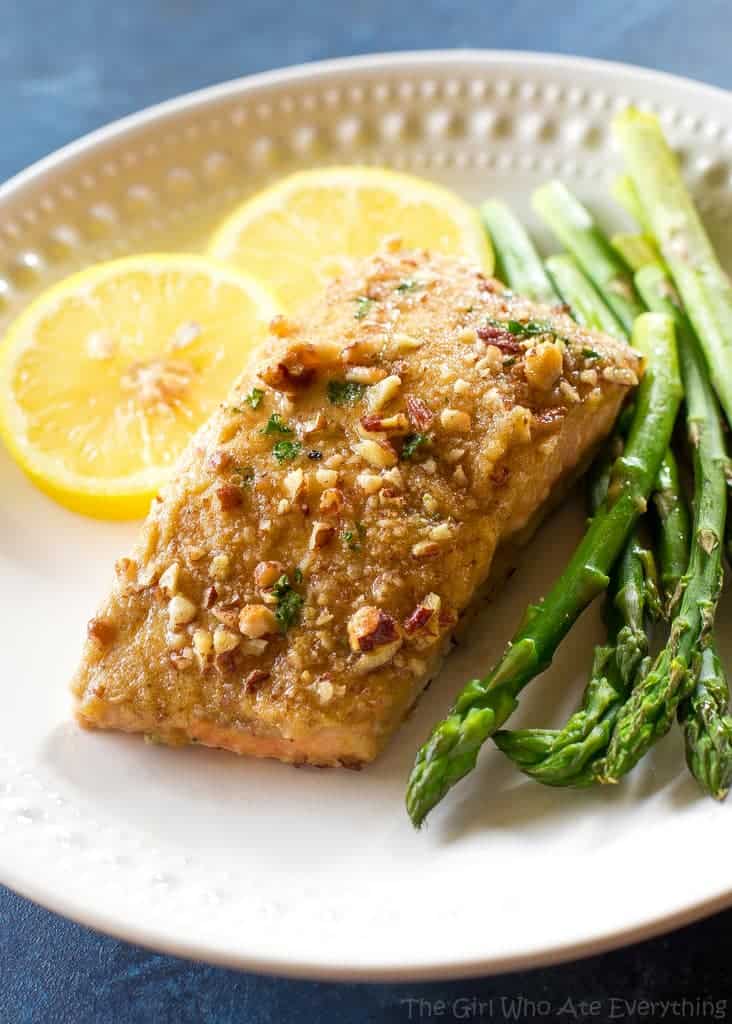
Here’s a breakdown of the nutritional information for Dijon crusted salmon per serving (assuming 4 servings):
- Calories: 249.7 kcal
- Carbohydrates: 1.9 g
- Protein: 30.5 g
- Fat: 13.4 g
- Saturated Fat: 1.7 g
- Cholesterol: 87.1 mg
- Sodium: 371 mg
- Fiber: 0.5 g
- Sugar: 0.3 g
This dish is not only delicious but also packed with protein, healthy fats, and essential nutrients, making it a great option for a balanced meal.
Variations and Substitutions
While the classic Dijon crusted salmon recipe is fantastic on its own, you can make some variations to suit your taste or dietary needs:
- Herb Variations: Swap parsley for dill, basil, or cilantro for a different flavor profile.
- Mustard Variations: If you prefer a milder mustard, you can mix Dijon with a bit of whole grain mustard for added texture.
- Oil Variations: Use avocado oil or coconut oil as a substitute for olive oil.
- Spice it Up: Add a pinch of cayenne pepper or smoked paprika to the Dijon mixture for a bit of heat.
Frequently Asked Questions
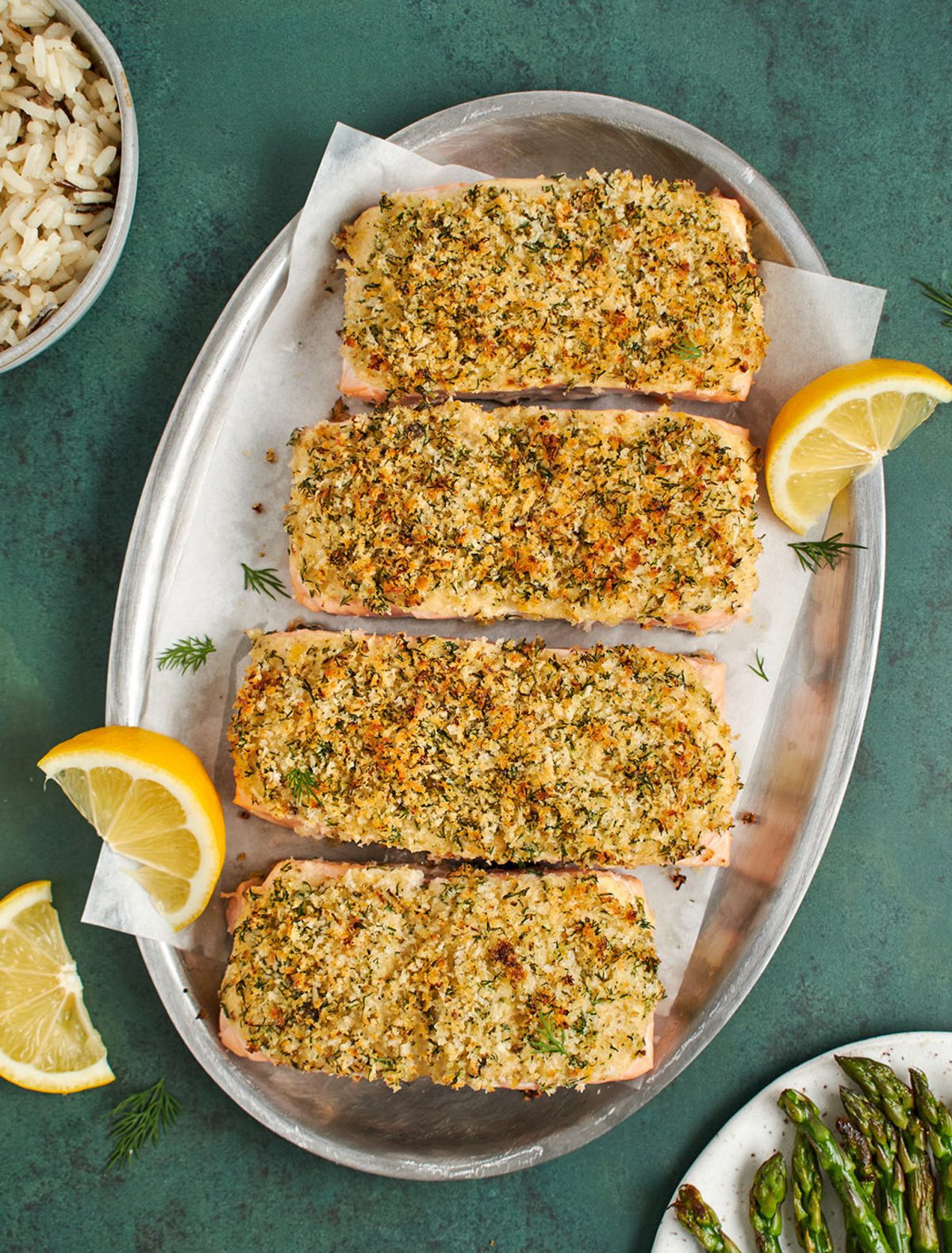
Can I use frozen salmon for this recipe?
Yes, you can use frozen salmon, but make sure to thaw it completely and pat it dry before applying the Dijon mixture. This ensures the crust adheres properly and the salmon cooks evenly.
How do I know when the salmon is done?
Salmon is done when it flakes easily with a fork and is opaque in the center. The internal temperature should reach 145°F (63°C). Avoid overcooking to keep the salmon moist.
Can I make this recipe ahead of time?
While it’s best to bake the salmon fresh, you can prepare the Dijon mixture and coat the salmon a few hours ahead of time. Store it in the refrigerator until you’re ready to bake. This can save time during meal prep.
What if I don’t have fresh herbs?
If you don’t have fresh parsley, you can use dried parsley or other dried herbs. However, fresh herbs provide the best flavor.
How do I store leftovers?
Store any leftover salmon in an airtight container in the refrigerator for up to 3 days. Reheat gently in the oven or microwave to avoid drying it out.
Conclusion
Dijon crusted salmon is a delightful and easy-to-make dish that showcases the best of what salmon has to offer. With its tangy, herbed crust and moist, flaky texture, it’s sure to become a favorite in your recipe rotation. Whether you’re serving it for a weeknight dinner or a special occasion, this dish is both impressive and accessible. Pair it with your favorite sides, and enjoy a nutritious, delicious meal that’s ready in under 30 minutes. Give this recipe a try, and let us know how it turned out in the comments below! Happy cookinng!

